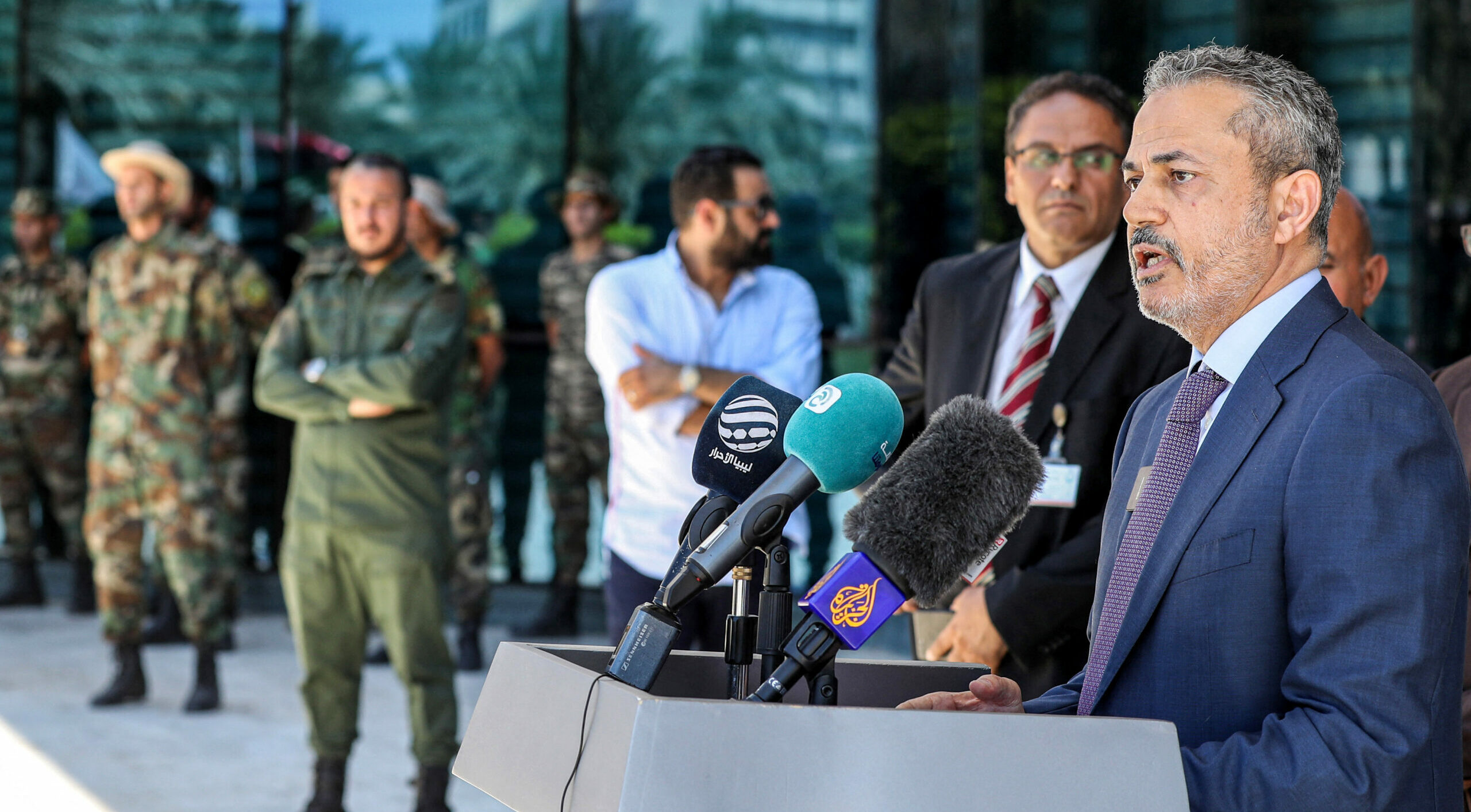Libya seems to be an increasingly attractive investment environment for Western oil companies this year. A more stable political and security climate (there has been no widespread fighting since 2020) appears to have prompted renewed interest by several oil majors to return to the country.
This assessment was issued to clients of Dragonfly’s Security Intelligence & Analysis Service (SIAS) on 14 April 2023.
- Libya will probably become increasingly attractive for foreign oil companies over 2023
- But disruption due to oil blockades and damage to infrastructure from militia infighting remain probable this year due to unresolved disputes between two rival governments and among militias
- Our civil conflict risk for Libya remains severe; a return to widespread fighting remains likely over the coming year
Despite an improved outlook, we assess that significant security challenges will persist; month-long blockades on oil production and exports remain a probable scenario this year. This is alongside a still-likely return to civil conflict in Libya later this year.
Oil production to increase
Oil production in Libya has been on an upward trend since July 2022. Daily production has reached 1.2m barrels from around 600,000 during the four months prior, according to industry outlets. Output in early 2022 was curtailed by a militia-led blockade of oil facilities in the east. But since then, the head of the state-owned National Oil Corporation (NOC) seems to have balanced the interests of the east- and west-based leaders Khalifa Haftar and Abdulhamid Dbeibah; they now appear to have a shared goal of increasing oil revenues. The NOC head recently stated that he aims to increase production to 2m barrels per day over the next five years.
The outlook for the oil sector this year remains positive. Over the last decade, rival political elites have fought for control over oil infrastructure. We understand from several clients that some Western firms now perceive the political situation in Libya as being fairly stable. Signalling this, two Western oil companies signed $1.4 billion worth of deals with the NOC last month to rebuild oil facilities in central and southern Libya, according to industry outlets. And the IMF last month forecasted that oil production in Libya will increase by 15% in 2023.
Status quo remains fragile
The Libyan oil sector will probably remain vulnerable to various security challenges throughout 2023. The country is still divided between two governments and so control of oil reserves remains contested. While both sides appear to be working together for the benefit of attracting oil revenues, they have yet to agree on a solution to form a united government; they are yet to organise long-delayed elections. The relationship between both sides still appears to be informal, opportunistic and fragile.
An influx of foreign investment into the oil sector this year has a high potential to upset the delicate detente between the east- and west-based authorities. This is because it will probably fuel increased competition over access to resources and state funds; control over institutions and resources continues to dominate Libya’s political landscape. And we doubt that the NOC would be able to keep balancing the ambitions of both governments beyond the medium term. Alignment between them has previously been short-lived; there is little indication that the situation is substantially different now.
Disruption remains likely
Militias perceiving that rival authorities are benefitting more than them from an influx of foreign capital would probably prompt them to pursue blockades at oil facilities this year. In 2022, east-based militias blocked oil production in eastern and southern Libya, demanding that the west-based prime minister step down. They only ended the blockade when the latter agreed to appoint a new NOC head aligned with Haftar in July 2022. In our assessment, the most likely development to prompt such blockades on oil production and exports would be perceived preferential treatment by the NOC towards Dbeibah.
Beyond this issue, ongoing militia infighting in Western Libya also sustains the high likelihood of oil infrastructure being damaged. The loyalty of armed groups to the west-based government is more fluid than in the east; they have continued to fight over resources and territorial control. Militia infighting near the Zawiya refinery (west of Tripoli), the largest in Libya, has occurred at least monthly since the start of 2023, most recently in late March. Based on these incidents, any bouts of fighting would be likely to last up to several days.
Civil conflict risk is severe
Uncertainty operating in the Libyan oil sector will almost certainly be compounded by the potential for a return to civil conflict. We assess that there is a severe risk of this. While a resumption of widespread fighting does not appear imminent, we still assess that it is likely in 2023.
Several factors have the potential to lead to a return to widespread fighting in Libya. This is particularly the political deadlock over elections and the underlying tensions between powerful rival militias in Tripoli. The latter makes armed fighting with a potential for spillover (from the west to other parts of the country) likely this year. Haftar’s succession (he is reportedly in poor health) would also in our assessment make widespread fighting highly probable; he seems to be the only actor able to keep a degree of unity in a highly tribal eastern Libya.
Image: Farhat Bengdara, the new chief of Libya’s National Oil Corporation, gives a press conference outside the corporation’s headquarters in the capital Tripoli on 14 July 2022. Photo by Mahmud Turkia/AFP via Getty Images.







